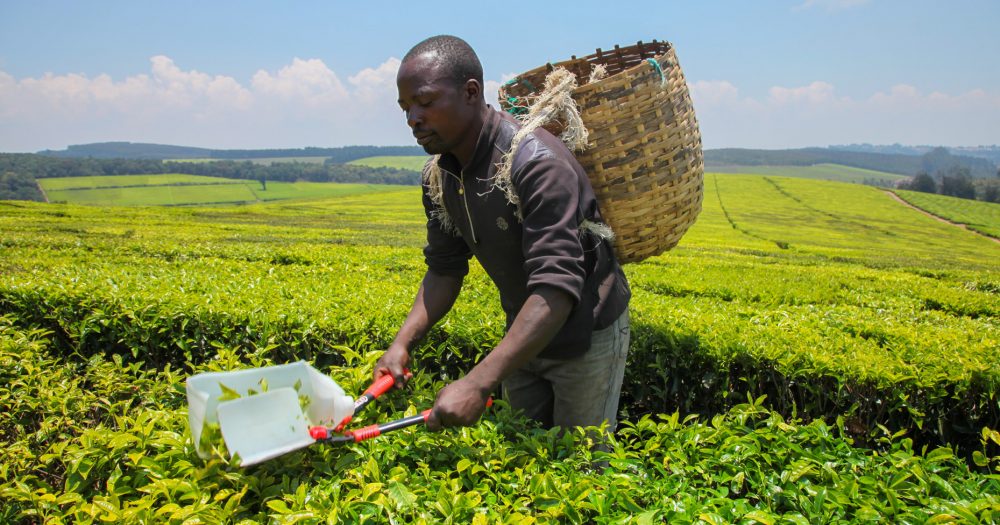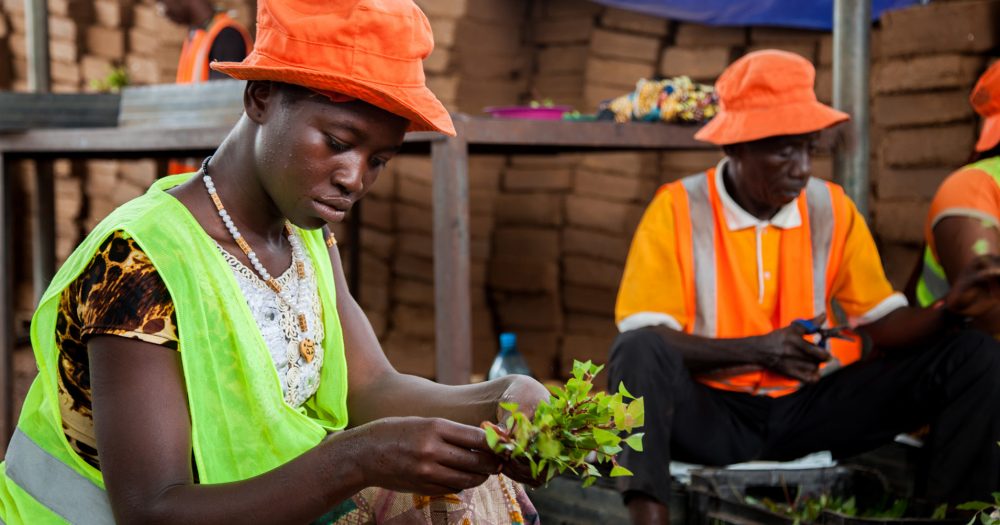This investment was made when British International Investment was named CDC Group.
Our investment
Description of the investment.
Description of the investment.
Alongside a consortium of lenders, CDC finalised a $453 million debt financing package to support the construction of a landmark hydro-electric plant in central Nepal, Upper Trishuli-1. This was led by the IFC, a member of the World Bank Group.
Bringing reliable power to Nepal will support its economic transformation. Businesses and homes across the country will benefit from stable energy generation thereby improving local livelihoods. In addition, Upper Trishuli-1 is expected to help create over 20,000 jobs in the economy across multiple sectors.
Impact information
Applies to investments made from 2019 onwards. The tabs in this section define what we expect to achieve through the investment, assessing the potential impact of the investment against six dimensions of impact. You can find more details on our methodology of assessing impact here.
Applies to investments made from 2019 onwards. The tabs in this section define what we expect to achieve through the investment, assessing the potential impact of the investment against six dimensions of impact. You can find more details on our methodology of assessing impact here.
What?
| Impact |
|---|
Enable economic growth and productive employment through firm productivity (SDG 8.5) Avoid GHG emissions to support climate change mitigation (SDG 13A) Improve access to reliable, clean and affordable electricity (SDGs 7.1, 7.2) The ultimate impact is Increase the country’s installed power capacity and provide a large proportion of its annual output, particularly during the dry season which has traditionally been the season with the lowest hydropower production but the highest demand,hence reducing reliance on imports and thus improving energy security. |
|
|
How?
| Primary | Secondary |
|---|---|
|
Support greenhouse gases (GHG) emission reductions by expanding renewable energy capacity to avoid increased reliance on thermal based generation. |
Demonstrate bankability to private sector investors through creating a model for future investment in the hydropower sector. The Project’s PPA framework is expected to be utilized as a template for future investments for the hydro sector. |
Who?
| Stakeholder | Geography | Characteristics |
|---|---|---|
| Residential Customers |
Nepal |
|
| Firms and employees |
Nepal |
|
| Planet |
Global |
How much?
| Scale | Depth/Duration |
|---|---|
|
Upper Trishuli-1 is expected to help create over 20,000 jobs in the economy across multiple sectors. |
Impact will be deepest for firms & employees in electricity-dependent industries requiring uninterrupted & affordable power supply for production. Impact will be the deepest for serve urban residential and commercial consumers. |
Risk
Execution RiskRelating to further delays to Project completion and cost overrun Unexpected Impact RiskThere are significant E&S risks inherent in large-scale hydropower projects including risks relating to community engagement, External RiskOversupply risk |
Environmental and social information
-
Environmental and social summary
A high-level description of the environmental and social aspects of the investment. This may include a summary of key environmental and social risks identified during environmental and social due diligence (ESDD); key elements of an environmental and social action plan (ESAP); or ways in which we plan to support the investee improve environmental and social standards, such as through their environmental and social management system (ESMS); as well as any other priority areas agreed with the investee.
-
Environmental and social risk
A risk category rating, which indicates the level of environmental and social risk associated with an investment. For an explanation of the categorisations used, see here. We consistently provide an environmental and social risk category for all investments screened from 2023 onwards.
Environmental and social summary
BII along with other co investors has agreed on a detailed E&S action plan. UT1's E&S management system implementation has been slow with several gaps. All lenders E&S team are closely working with Nepal Water and Energy Corporation to institutionalize E&S management systems and empower the E&S resources on a ongoing basis.
Reporting and Complaints Mechanism
The Reporting and Complaints Mechanism allows anyone outside BII to report alleged breaches of the business integrity or environmental and social provisions of BII’s Policy on Responsible Investing. This includes breaches made by BII, a BII investee, or a portfolio company of a fund in which BII has invested. The Reporting and Complaints Mechanism Rules are available here. Reports and complaints can be submitted by email to reportsandcomplaints@bii.co.uk or by mail. See more details on our Reporting and Complaints Mechanism here.
For any other general enquiries contact us at enquiries@bii.co.uk
-
Key facts
- Last updated
:
When the last quarterly update of the website database occurred.
- March 2025
- Project number
:
An identifier number shared by investments in the same project.
- D3765
- Status
:
The current status of the investment (green flag for active and red flag for exited).
- Active
- Region
:
The geographical region where the country is located. We currently invest in Africa, South Asia, South East Asia and the Caribbean. In 2023, BII’s investment mandate was extended allowing it to invest in regional funds linked to Ukraine, with the majority of activity expected to begin post-war. Investments outside these regions were made prior to 2012 under previous investment mandates.
- South Asia
- Country
:
The countries where the investment delivers impact. Where impact is delivered in multiple countries, this is indicated.
- Nepal
- Sector
:
We prioritise those sectors that facilitate development and need our capital the most. Our priority sectors contribute towards many of the Sustainable Development Goals. They range from investing in the power infrastructure that will provide people with better access to electricity, to investing in financial institutions that direct capital to the individuals and businesses that need it the most.
- Infrastructure
- Sub sector
:
The sub-sector that the investment is made into; this provides a more granular level of detail than the ‘sector’ information
- Independent Power and Renewable Electricity Producers
- Investment type :
- Debt
- Start date :
- October 2019
- Amount :
- $21.97m
- Currency of investment :
- USD
- Domicile
:
The company or investment fund’s place of incorporation.
- Nepal
We provide capital in the following ways: directly – through direct equity, direct debt, guarantees and other non-intermediated financial instruments; and indirectly – principally through investment funds.
For direct investments and fund investments, this is the date BII committed capital to the investments. This is typically the date on which legal agreements are signed by all parties.
For the portfolio companies of our fund investments, this is the date (either the month or the quarter) on which the fund committed capital to the portfolio company.
For direct equity investments, this is the date at which British International Investment exited the investment.
For debt investments, this is the date at which the final debt repayment was made.
For funds, this is the date at which the fund was terminated.
For underlying fund investments, this is the date at which the fund manager exited the investment.
The total amount committed, per financial instrument, per investment, on the date BII becomes subject to a binding legal obligation to provide funding or assume a contingent liability. This information is provided in US dollars.
For direct investments, this is the amount that BII has committed to the business or project. For fund investments, this is the amount BII has committed to the fund.
The currency in which the investment was made.
- Energy type
:
‘Renewable’ includes energy sources with very low lifecycle emissions such as solar, wind and tidal or those meeting a certain criteria such as hydro power, biomass or geothermal. ‘Fossil fuel’ includes coal, oil and gas. Investments labelled as ‘Mixed’ support a combination of renewable and fossil fuel assets.
- Renewable
- Last updated


